We normally stock at least three restored Blüthner grand pianos between 5ft and 6ft 3in long. If you’re thinking of buying a professionally reconditioned Blüthner grand piano then you’re getting a piano with a smooth, light touch (especially in the older “patent” actions models), warm tone and an aesthetically pleasing cabinet.
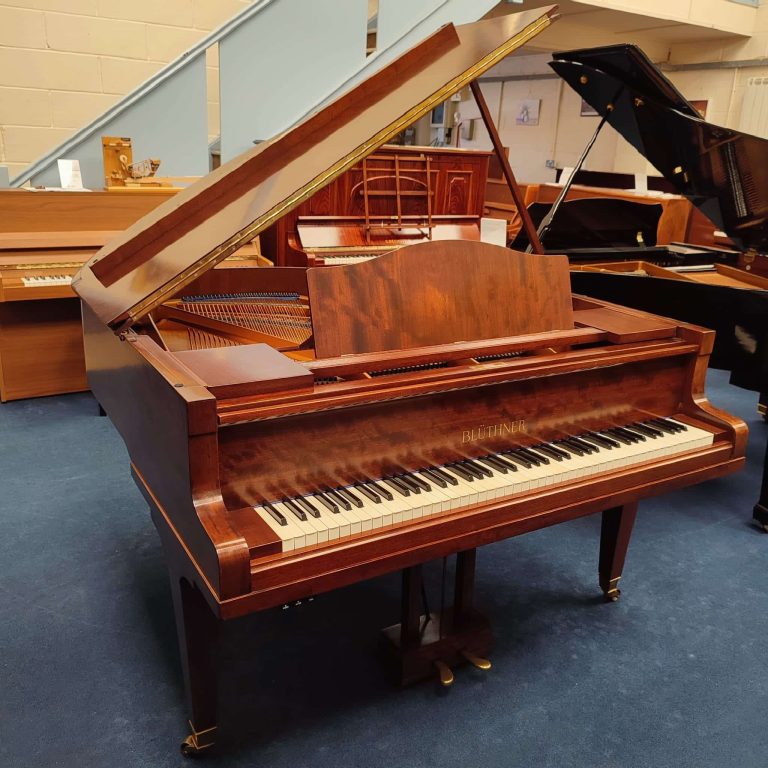
Blüthner patent action vs Roller action
Blüthner Patent action
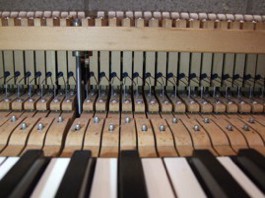
These are unique to Blüthner and date from about 1885 to 1925
Standard Roller action
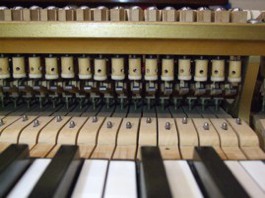
Blüthner roller-action are commonly found after about 1920, though there is a cross-over period and some patent actions appear after this date.
Photo taken of a Blüthner style 5 grand with a Blüthner patent action (See image) These are the older ones dating from about 1880 to 1924. The action is simpler in design than the normal roller action found in nearly all other pianos. It has the advantage of being smoother, usually lighter. The action doesn’t repeat as fast as the roller action, but this is not noticeable unless playing very fast repetition such as in Rapsody in Blue. Some restorers fit a modern action into the older pianos.
These start from about 1920 onwards though most are from out about 1926. By far the most common is the style 4 baby grand, 4ft 11in, which is one of the best baby grands ever made. It has a smooth touch and fine “silky” tone. They are simple in style with plain music desk and square tapered legs. These cost about £3000 to £5000 (2014) unrestored and we sell them reconditioned from around £9500 to £18,500 (2014) fully restored and custom re-polished. We normally have one or two style 4 Blüthner baby grands in stock, though they are in great demand and becoming hard to find. The most common veneer/colour is mahogany.
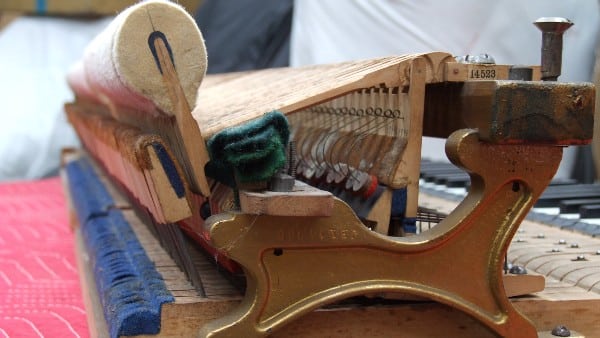
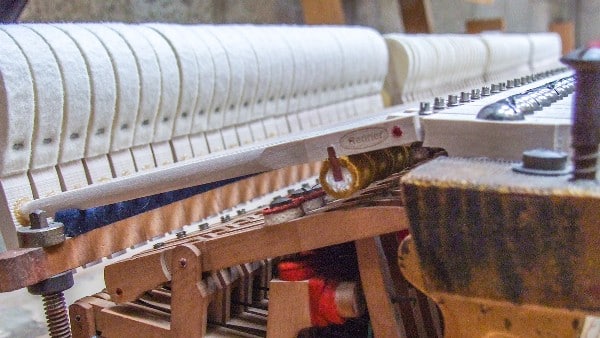

We aim to serve piano lovers with the high quality new and used pianos.
Quick Links
© All Rights Reserved.
